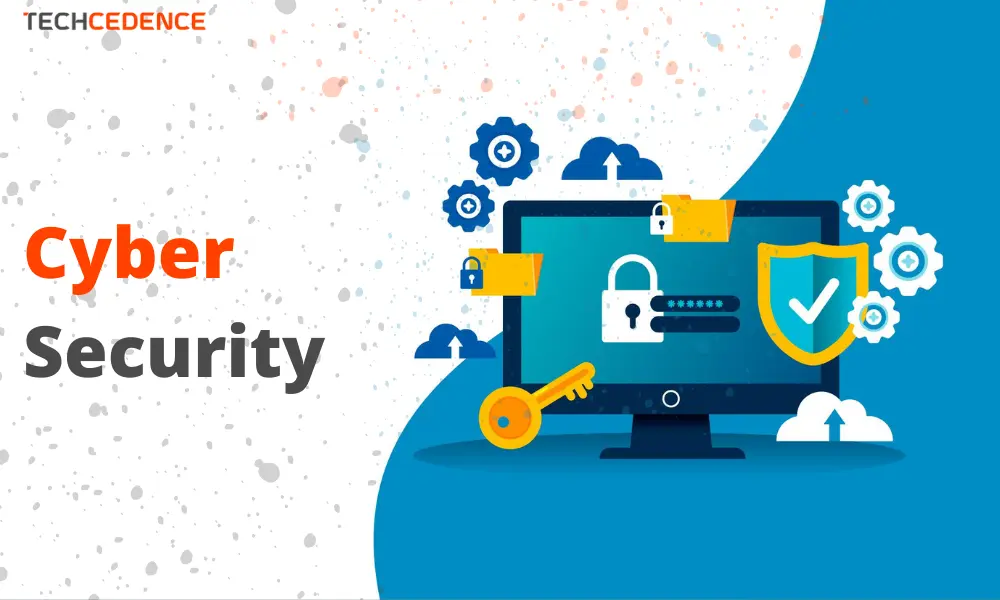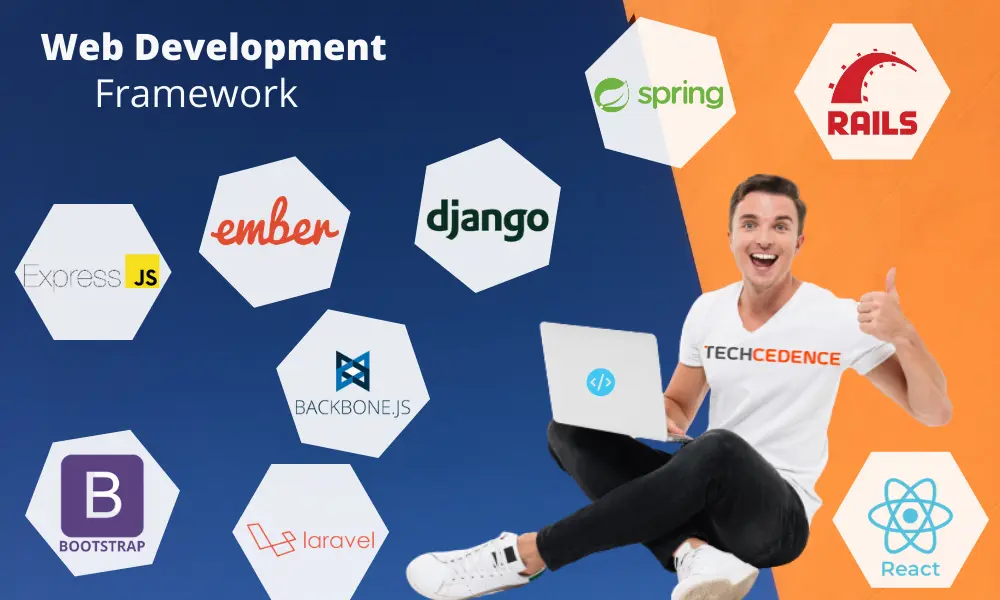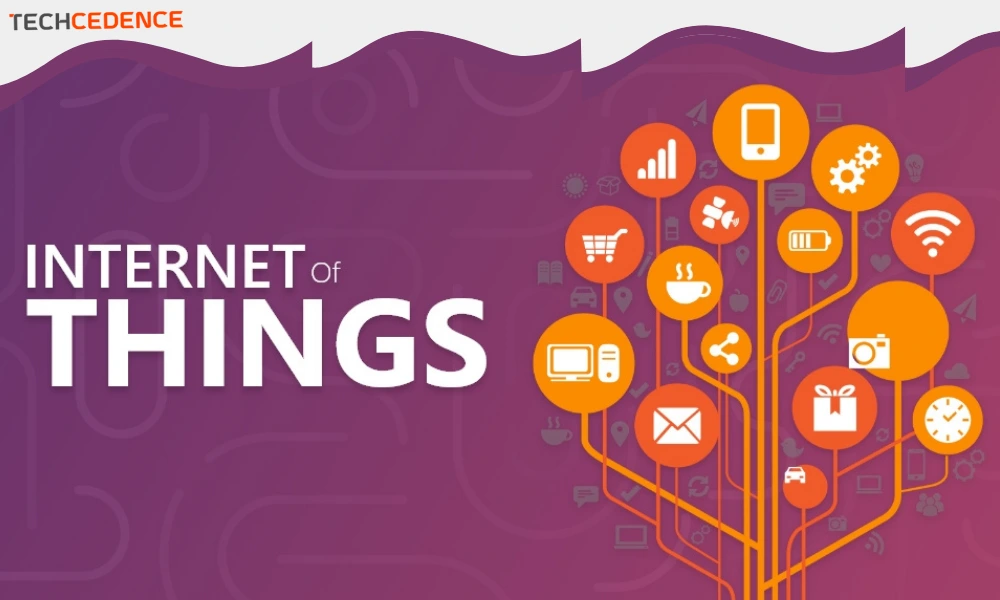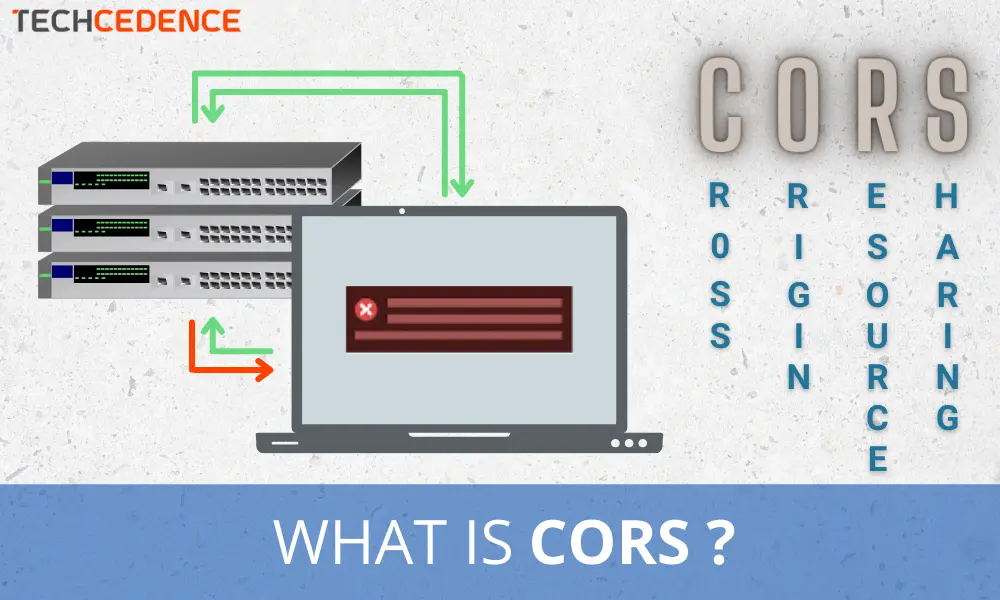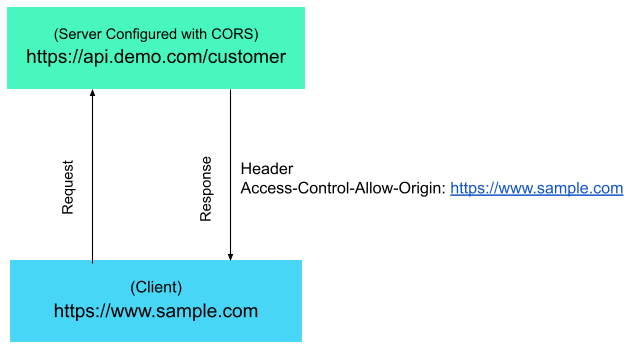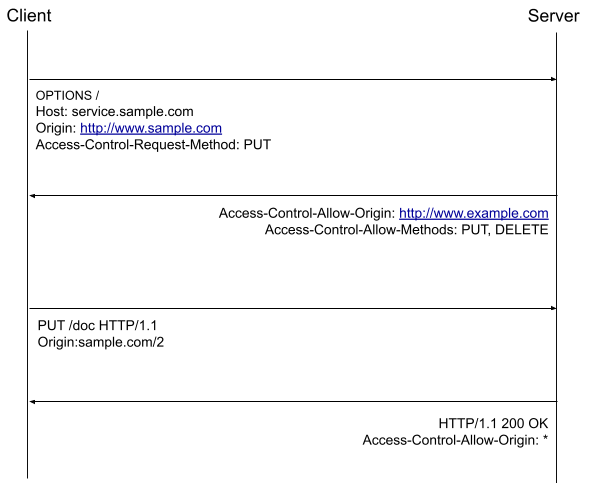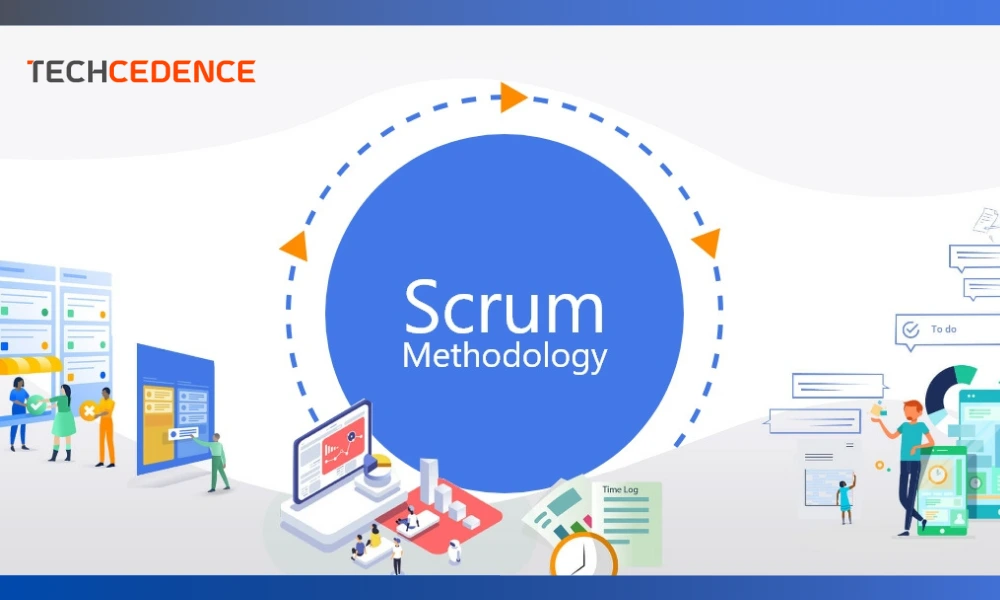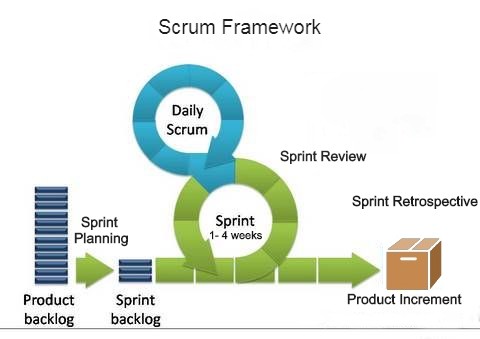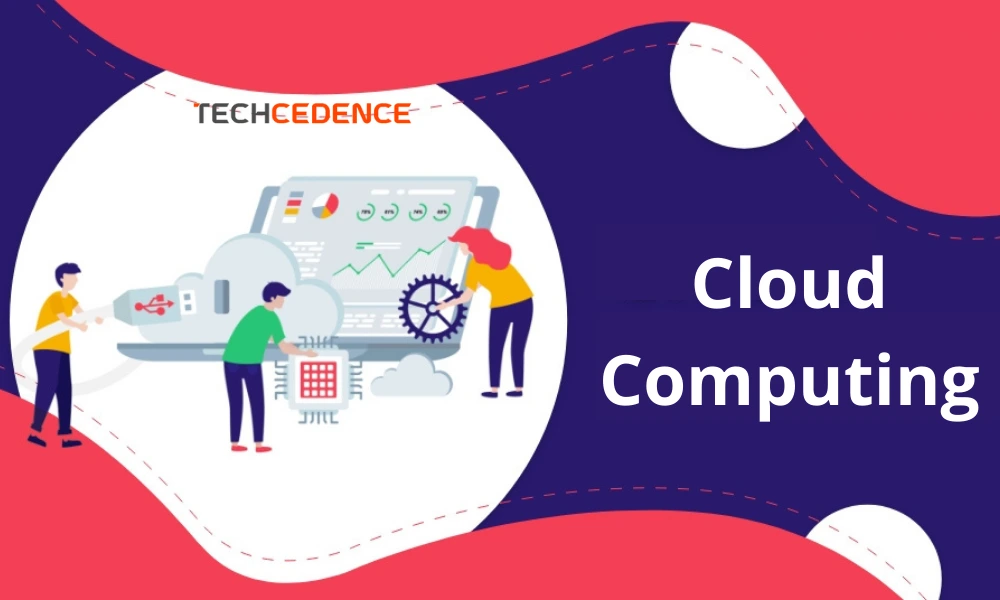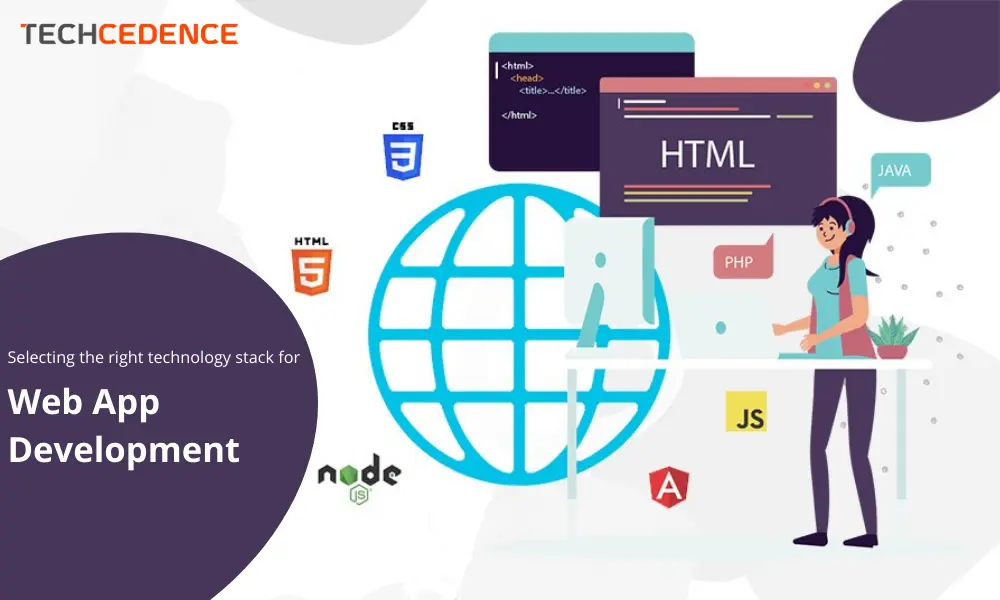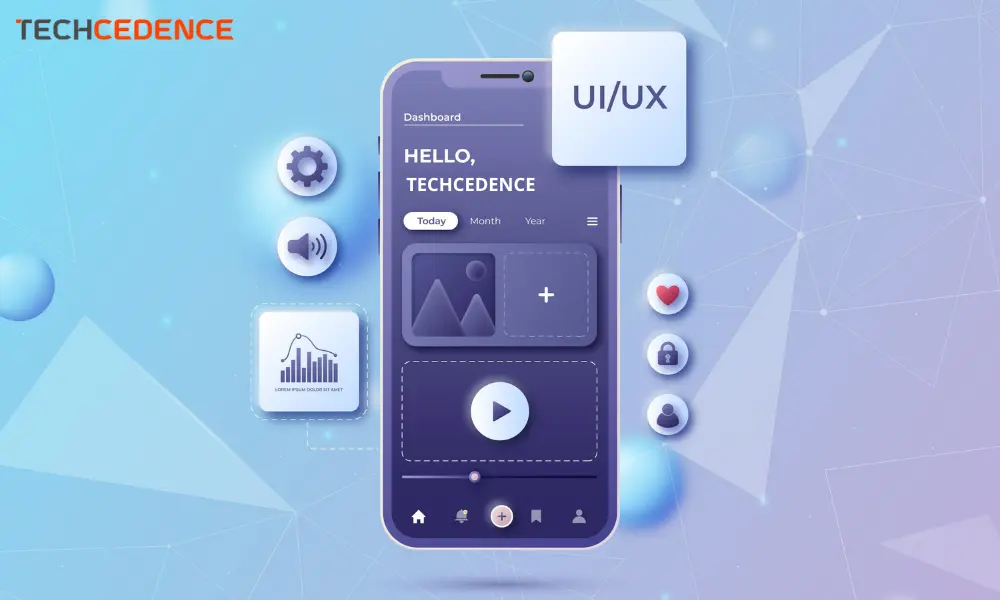Cyber Security refers to the protection of data, network, servers and mobile devices from unauthorized access. It is important for any Organization including bank, Government, healthcare, and manufacturing sector to protect data stored on their system and information transmitted over the network from malicious attacks. Cyber attacks are targeting data related to national security, finance, health care records, business, and personal information.
Effective cyber security should take care of all the elements below:
- Network security refers to securing a computer network from malware or targeted attacks. A network that is not secure is vulnerable to attacks.
- Cloud security refers to the protection of data, application, infrastructure, and anything stored on the cloud from theft and deletion.
- Database security refers to protecting databases, database management systems from external attacks.
- Infrastructure security refers to protecting the communication center, IT center from targeted or random threats.
- Application security refers to protecting software applications from security threats to avoid data theft.
- Information security refers to protecting the integrity and privacy of data. A cyberattack can target confidential or sensitive information.
Some of the common cyber threats include:
Malware – these are malicious software programs designed to gain unauthorized access to a person’s computer and cause damage. Malware can steal data, login information or crash your system. Some types of malware include spyware, adware, Trojan horse, viruses and worms.
Ransomware – it is also a form of malware that gains access to a system, restrict user access or encrypts the data and demands a ransom. The user cannot log in to their device or access the data unless they pay the ransom. Ransomware attacks target individuals and organizations through phishing emails or free downloads. Some ransomware examples include WannaCry and GoldenEye.
Measures to combat Cyber Threat
Awareness – The most common reason for a cyberattack is due to lack of awareness among users. Failing to adopt good security practices makes a system vulnerable. It is essential to impart knowledge on various security measures to users like deleting suspicious email attachments or files, installing security software, updating devices with security patches, taking back up of files regularly, trusting URLs with ‘https’.
Avoid Ransomware attack – Never open an email from untrusted sources. Pay extra caution if the attachment instructs to enable a macro. If you become a victim of a ransomware attack, never pay the ransom as the chance of getting back your data is very less. Instead, contact the internet security vendor for a suitable decryption tool.
Mitigate the risk of cyber attacks – It is essential to train employees on secure handling of information to maintain a high level of security. An organization should educate employees about security threats, password policies and the need for updating antivirus software through seminars and sessions. Another approach to mitigate cyberattacks is through firewall and proxy server which will block unsecured websites.
Disaster Recovery – Every Organization should have a disaster recovery policy in place. The disaster recovery plan should define how the organization will respond to a cyber attack and restore its operation to ensure business continuity. Companies should take data back up at regular intervals to avoid losing vital business information. It is important to stay ahead and keep track of the latest security threats and new security settings.
Hope this article gives you insights into cybersecurity and how to avoid becoming a victim of a cyber attack.
